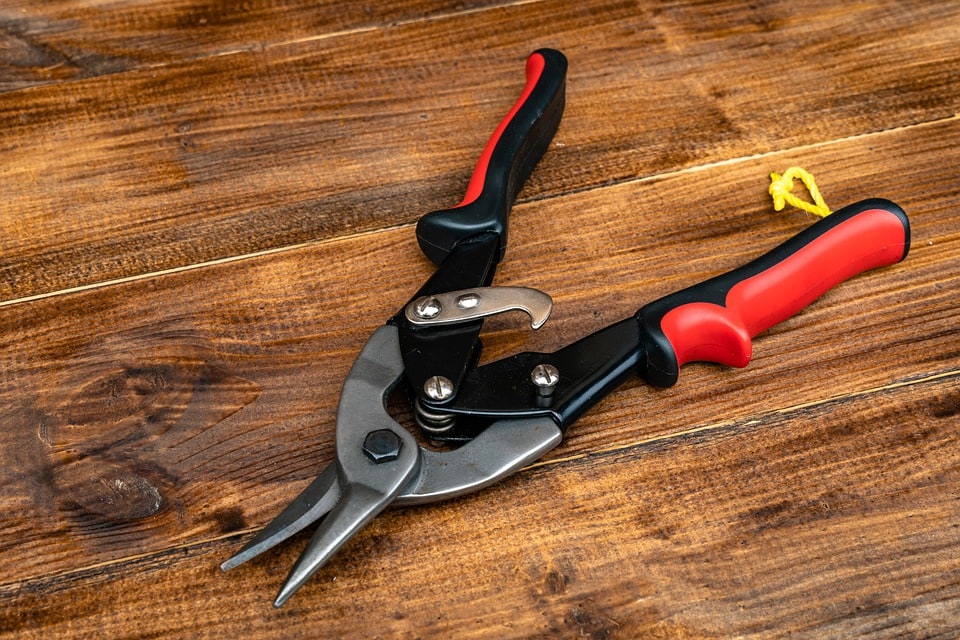How to Root Fig Cuttings (Step-by-Step Guide)
-
Pete Ortiz
- Last updated:
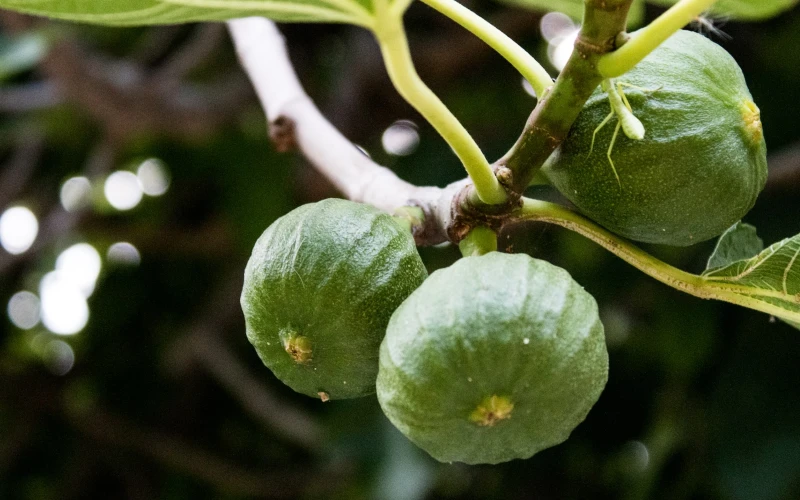
Growing figs at home can be a rewarding experience, and it doesn’t have to be difficult. With a few simple steps and an understanding of the basics of fig gardening, anyone can have a thriving fig tree in no time. In this post, we’ll offer you some cool tips for rooting fig cuttings and other steps for successful fig gardening. With this quick guide, you’ll be able to start growing your own figs with confidence and enjoy the fruits of your labor.
What You Need to Make Rooting Fig Cuttings Successful
Before you begin rooting fig cuttings, there are a few tools and supplies you’ll need to have on hand. You’ll want to have clean containers for rooting the cuttings, such as pots or rooting cubes. You’ll also want to have a rooting hormone on hand (such as Garden Safe Take Root), since this will help the cutting to establish roots faster. Keep in mind that different fig varieties may require unique rooting conditions, so you will want to research the best practices for each variety before getting started.
Step-by-Step Guide to Rooting Fig Cuttings
1. Select a Good Cutting
The first step in rooting fig cuttings is to select a healthy cutting. You’ll want the cutting to have at least one set of healthy leaves and one set of roots. You can often find cuttings from local growers at farmers’ markets.
2. Prepare the Cutting

After you’ve selected a healthy cutting, prepare it for rooting. Make sure the bottom of the cutting is at least ½ inch below the last set of leaves. If the cutting is too short, you won’t have enough room for the roots to properly develop.
3. Soak the Cutting
After you’ve prepared the cutting, place it in a clean container and fill with water. Let the cutting sit in water for at least 30 minutes to make sure it is fully hydrated.
4. Apply the Rooting Hormone
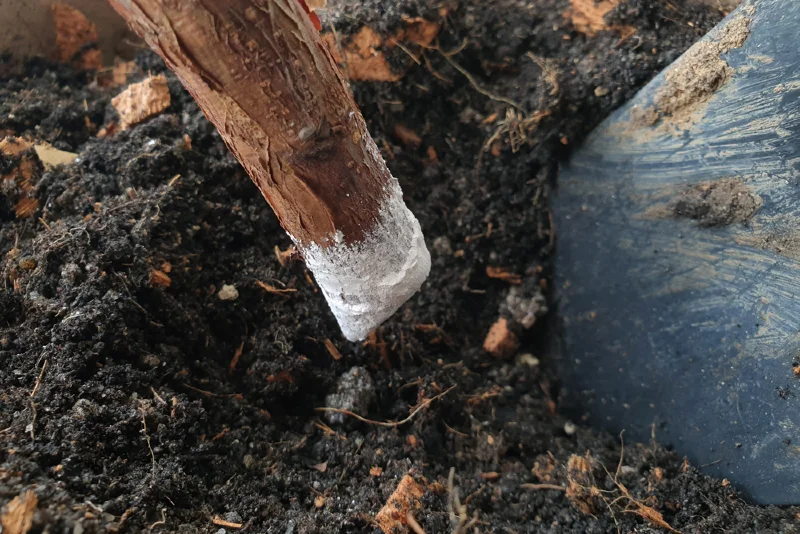
After the cutting has been fully hydrated, it’s time to apply the rooting hormone. Gently rub the rooting hormone into the newly cut surface of the cutting. This will help the cutting to establish roots faster.
5. Place the Cuttings in the Container
After you’ve applied the rooting hormone, it’s time to place the cutting in the container with some soil. Make sure the container has plenty of holes for proper drainage, then water the soil thoroughly.
6. Place the Container in the Right Conditions
The next step is to place the container where the cuttings will receive the right conditions for rooting. You’ll want to ensure the cuttings are placed in a warm and shaded location.
Troubleshooting Common Fig Cutting Issues
There are a few common issues that can occur when fig gardening. Here are a few tips for dealing with each of them.
Poor Drainage
If your fig cuttings, plant, or tree has poor drainage, it can quickly lead to root rot, which can be very hard for the plant to recover from. If this happens, you may need to transplant the plant to a container with better drainage. Fig trees, on the other hand, will typically only have root rot issues if there is excessive flooding or compacted soil, with the latter being more common. In the case of compacted soil, you simply need to loosen the soil, and add new soil or a soil amendment such as compost.
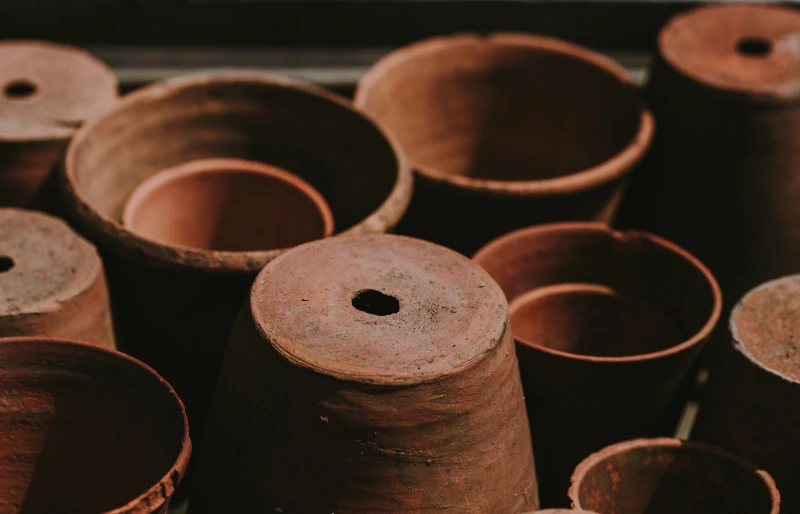
Poor Humidity for Cuttings
Fig cuttings need humidity 24/7, and if they don’t get it, they may be more susceptible to pests and diseases. You can combat this issue by placing a container with the cuttings near a humidifier or placing a tray of gravel with water underneath the cuttings.
Poor Light Conditions
Fig cuttings need several hours of sunlight each day, or they may grow lopsided. Make sure your fig cuttings receive at least 10 hours of natural light per day. If you don’t have an ample natural light source in your home, you can simply substitute by using a grow light. These lights can be purchased for as little as $25 to $30, and they come in many varieties.
How to Care for Fig Cuttings After Rooting
Once you’ve rooted the cuttings, it’s important to care for them properly. The best way to do this is to place the cuttings in a controlled environment. You can do this by placing the newly rooted cuttings in a container and then placing the container in a warm and shaded place that receives about 10 to 12 hours of natural light every day.
You’ll also want to water the cuttings regularly, but make sure that the soil isn’t soggy or waterlogged. Keep in mind that different fig varieties may require slightly different conditions to thrive, so you may want to research the best practices for each variety.
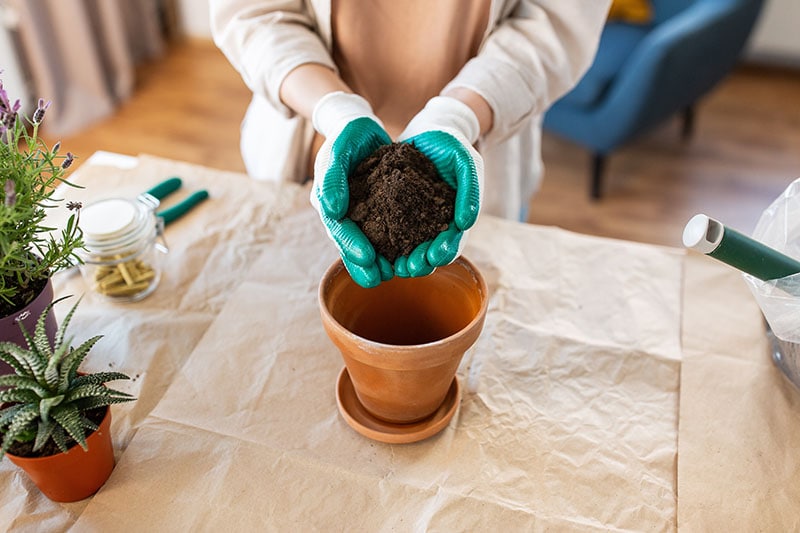
Preparing the Soil for Planting
Before you even think about planting your fig tree, it’s important to prepare the soil in which you will be planting it. If the soil in your garden is too compacted, it can cause problems for your fig tree as it grows, including rotting roots. You can solve this problem by using a shovel or spade to make the soil loose and easy to work with.
Make sure to break up any large clumps of dirt and mix in some compost or manure as well. Also, check the pH level of your soil before planting your fig tree. You can do this easily by purchasing a soil pH tester. Note that a fig tree will do best in soil with a pH level between 5.5 and 6.5.
Planting Your Fig Tree
Once you’ve prepared the soil in which you’ll be planting your fig tree, it’s time to plant it. To ensure your fig tree grows big and strong, you should plant it as soon as possible. If you don’t plant it right away, simply keep it in a pot of soil in a sheltered area where it will get plenty of sun. When planting your fig tree, check that the root ball is at the same level as the soil around it.
If the tree is too high or low, it can cause the roots to bend and rot. When planting your fig tree, it’s crucial to water it well. This can help the tree get established in its new home. And if you’ve made the soil loose and easy to dig, watering your newly planted fig tree should go over well.
Tips for Ensuring Successful Fig Tree Growth
If you want to make sure your fig tree grows successfully after the rooting process, there are a few things you need to do. Let’s take a look at what that entails.
Choosing the Right Fig Tree Variety
Fig trees are great if you want a large, beautiful fruit tree in your garden. They can also be used as a focal point as they often grow very large and produce beautiful, fragrant flowers. But they aren’t suitable for everyone, especially if you are very wary about attracting wildlife and flies – something that fig trees are notorious for (though you can always use deterrents). Fig trees also do best in warm, dry climates and need full sun. So, if you have very shady areas in your garden, you might want to choose another tree variety.
Fig trees are also not very good for gardens at homes with small children, as the leaves and branches can be dangerous and can cause injury. Note that these trees can also take a long time to grow and produce fruit, so if you want a quick, easy harvest, fig trees might not be for you. But if you have the space for a large tree, and a warm dry climate, fig trees are a great option.
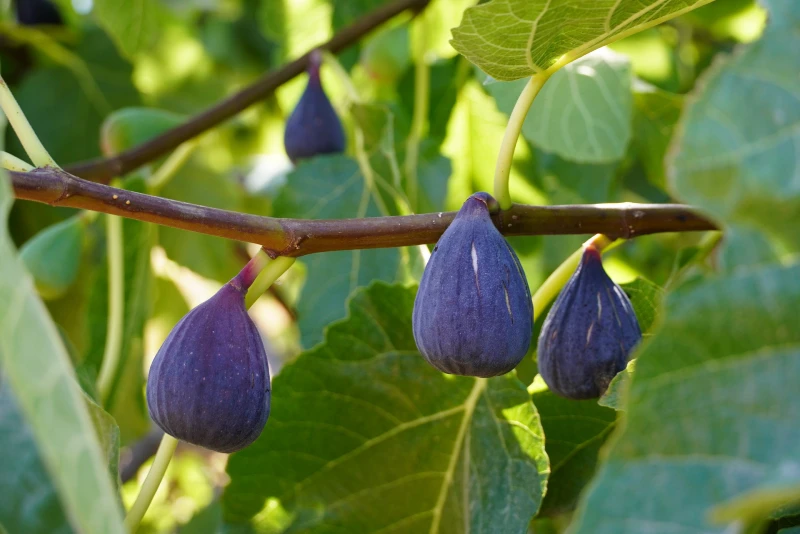
Fertilizing the Fig Tree
One great thing about growing fig trees is that they really don’t need fertilizer unless they are lacking in nutrients or recovering from some sort of disease. So, if this is your fig tree, you can find a balanced 10-10-10 fertilizer or one designed for these trees specifically in order to give your tree the nutrients that it needs. When using the fertilizer, be sure to follow the directions to prevent over-fertilization, something that can exacerbate a dying fig tree or make it hard for a sick one to recover.
Watering the Fig Tree
Like most fruit-bearing plants, your fig tree will need regular watering sessions. You can do this with a soaker hose or with a watering can. Water your fig tree whenever the top of the soil feels dry. Test the soil by placing your finger in the soil. If it feels dry and crumbly, it’s time to water your fig. And if it’s moist don’t water it – but be sure to check it again in 3-7 days. You’ll soon get used to estimating how often you’ll need to water your tree as it grows.
A good rule of thumb is to water your fig tree when you water the rest of your garden. If your garden is particularly dry, you may need to water your fig tree even more frequently. If your fig tree is planted in a pot, it’s important to water it every day, or at least every other day, if you live in a very dry climate.
Your fig tree will let you know if it needs more or less water by changing color. If the leaves start to turn yellow, it’s a sign that your tree isn’t getting enough water. If the leaves turn dark green, your fig tree is getting too much water. The leaves should be bright green (like grass).
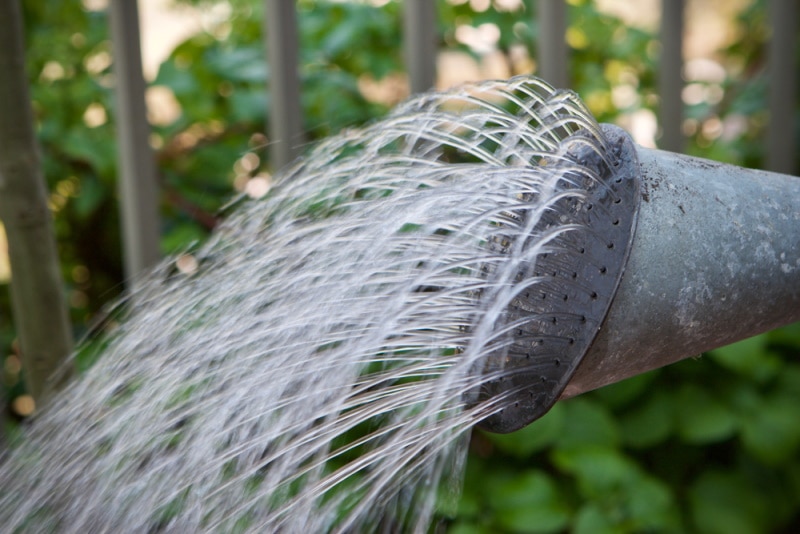
Pruning the Fig Tree
Once your fig tree has started to grow, it’s important to prune it to encourage and promote healthy growth. This can help your fig trees grow bigger and faster. Typically, you should prune it every year – at least. It’s best to prune your fig tree before new buds start growing, which is at the start of spring. But it’s also possible to prune your tree in the fall. If you prune your fig tree in the fall, be sure to protect it from pests such as walking worms and ants.
Preparing Your Tools
The most important thing is to use pruning shears that are sharp. Dull shears won’t cut through the branches easily, making the job more difficult and more dangerous, especially if you have a large tree with thick branches (as opposed to a small plant). Dull shears can also cause wounds that become infected, so using sharp tools is really important. You can buy a good pair of shears or loppers (larger shears for thick branch cutting) at stores such as Home Depot, Lowes, and Walmart.
Pruning Techniques
There are a few different ways that you can prune a fig tree, and which method you choose will depend on the overall health of your tree and the size of its branches. If your fig tree is very healthy, you can go with a light pruning, which removes weak and sickly branches while leaving the thicker ones. It also involves removing any branches that may be growing in the wrong direction or otherwise hindering the tree.
If your tree is a little less healthy, you can go with a moderate pruning, which involves removing sickly branches and those that are too small to be useful. If your tree is in poor health, you’ll need to go with a heavy pruning, which involves removing most of the branches (if they’re damaged or dying) to ensure that only healthy ones are able to get access to the nutrients from the soil. What kind of pruning you choose will also depend on the size of your fig tree.
Pruning Aftercare
Once you’ve finished pruning your fig tree, you’ll need to take a few steps to care for the tree properly so it can heal properly. Remember, pruning essentially weakens a tree, and it’ll need time to recalibrate. So be sure to keep an eye on it for the next few weeks to check for signs of progress. Also, be sure to disinfect your pruning tools.
A wound can quickly become infected, and pruning tools are often covered in sap that can lead to transferring the disease back to the tree or other trees in your garden. So always clean with them rubbing alcohol or some other disinfectant. Lastly, be to properly dispose of any removed branches, lambs, and fallen figs.
Wrapping Things Up
Growing figs at home can be a rewarding experience, especially if you love to eat the fruit raw or use it in your cooking. Hopefully, this guide has given you some insight into how to root fig cuttings and grow them successfully. And remember, simply rooting your fig cuttings successfully isn’t the last step to success. You’ll need to constantly nurture and maintain your fig plant or tree so that it has a successful bloom each spring.
- https://www.youtube.com/watch?v=KTnnOPD0Wj4&ab_channel=JSacadura
- https://www.youtube.com/watch?v=WDlEd3qzGhY&ab_channel=MikeKincaid
- https://www.almanac.com/plant/figs#:~:text=Remove%20the%20plant%20from%20its,the%20middle%20of%20the%20hole.
- https://www.hgtv.com/outdoors/flowers-and-plants/trees-and-shrubs/twig-newton-how-to-grow-a-fig-tree
- https://www.gardeningknowhow.com/edible/fruits/figs/how-to-grow-figs.htm
Featured Image Credit: Martin Angelov, Unsplash
Contents



